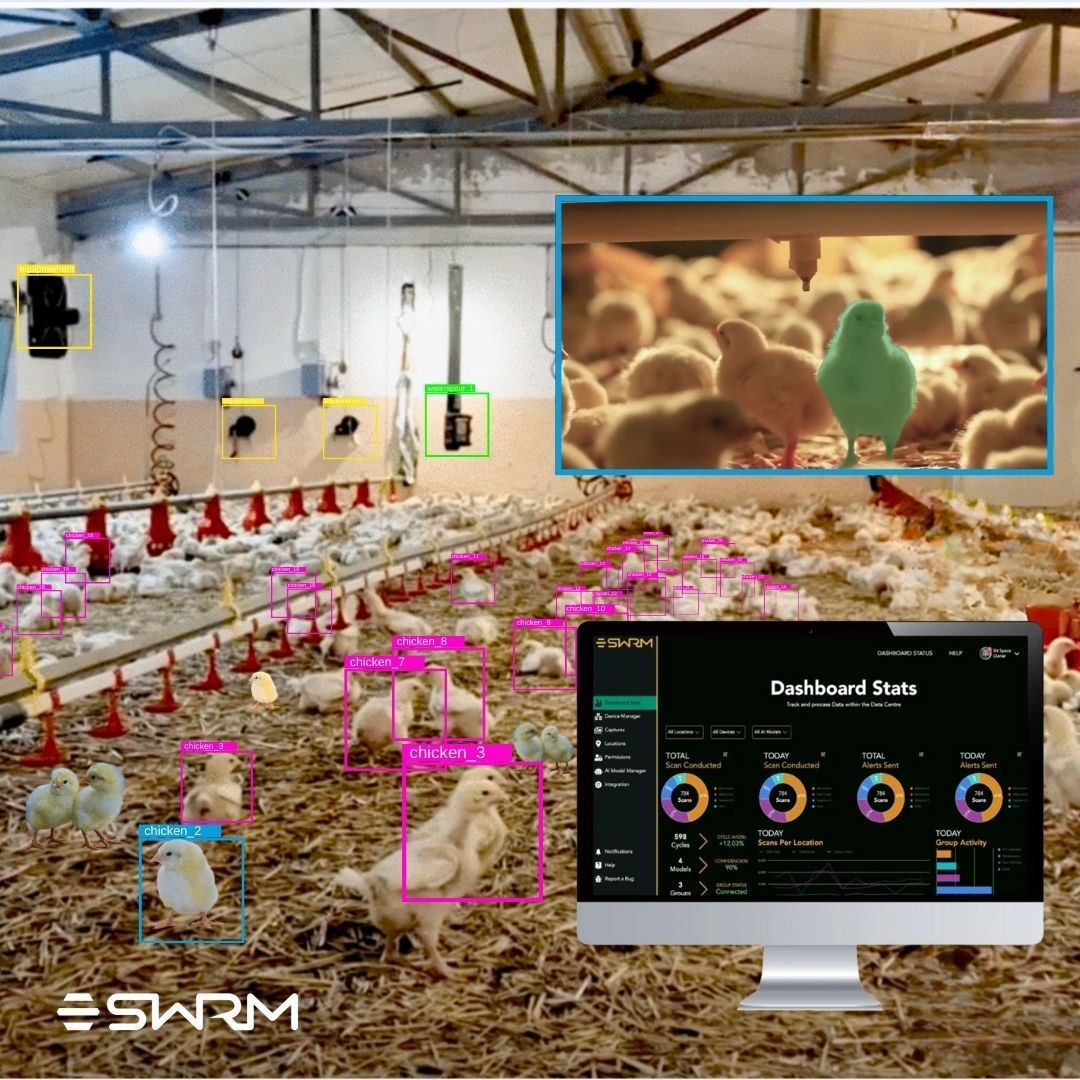The Era of 3-DoF VR is Coming to an End
One of the last makers of stationary VR headsets for business is moving to full-motion hardware. The era of 3-degrees of freedom VR is coming to an end to make way for better technology to pave the path of the future.

By Kevin Carbotte
The time has come to say goodbye to stationary VR solutions. The industry has evolved beyond the limitations of 3-degrees of freedom and the last players in this market are winding down their operations. Pico Interactive, one of the few remaining companies selling 3DoF headsets, is abandoning the format and going fully committed to full-motion VR hardware going forward.

The Last of a Dying Breed
Pico introduced the G2 4K S and 4K Pro last summer, after Oculus abandoned its Go platform. The final G2 models gave companies that invested in 3DoF software an alternative headset option. It gave companies a path to keep their projects alive. Currently, Pico still sells the top G2 models but the company has no plans to replace it with an updated version.
3-DoF systems like the Pico G2 lineup offered economical entry points for early adopters of VR technology. They give you a limited slice of the potential of VR with a minimal upfront cost. However, technology evolves rapidly, and the limitations of 3-DoF hardware are now getting in the way of innovation. Pico, along with every other VR headset maker, has now wholly embraced full-motion tracking.
Free Movement & Hand Tracking
With a 3-DoF headset you can learn about tasks while watching them being performed, or visit a location through images or videos, but not interact with the environment. (if you’ve already invested in G2 headsets, don’t worry, we still support them!)
With a 6-DoF headset, you can learn to do almost any physical task by performing a 1-to-1 simulation of that task with tracked hands and spatial orientation tracking.
You can probably imagine which option helps people learn quicker and retain more knowledge and why the VR industry moved to more advanced devices.

What’s Next?
Earlier this year, Pico Interactive revealed the Neo 3, the company’s third generation 6-degrees of freedom headset. The new headset features a high-powered processing unit from Qualcomm (the same one found in the Oculus Quest 2), a high-resolution screen for excellent visual clarity, and two motion controllers that track your hand movement and let you interact with virtual objects and environments. The headset can also track your bare hands so you can interact without controllers.
Going forward, Pico is putting all its attention on the Neo lineup. The Neo 3 Pro and the Neo 3 Pro Eye are the company’s latest offerings for business solutions. Both headsets share near identical specifications, with both devices sharing the same processor, storage capacity, and high-resolution display. The Neo 3 Pro Eye includes eye-tracking cameras and 2GB of additional memory. The Neo 3 Pro is also a direct competitor to the Oculus Quest 2 with nearly the same specifications.
Pico Neo 3 Pro vs. Oculus Quest 2
| Pico Neo 3 Pro |
Pico Neo 3 Pro Eye |
Oculus Quest 2 |
|
| Form Factor |
Standalone |
Standalone |
Standalone |
| Tracking |
6 DoF Inside-out via 4 integrated cameras |
6 DoF Inside-out via 4 integrated cameras |
6 DoF Inside-out via 4 integrated cameras |
| Display Resolution |
1832 x 1920 per eye |
1832 x 1920 per eye |
1832 x 1920 per eye |
| Display Refresh Rate |
90Hz |
90Hz |
72Hz, 90Hz, 120Hz |
| Display Type |
RGB LCD |
RGB LCD |
RGB LCD |
| Adjustable Pupil Distance |
58mm 63.5mm, 69mm |
58mm 63.5mm, 69mm |
58mm 62mm, 66mm |
| Expandable Memory |
No |
No |
No |
| Processor |
Qualcomm Snapdragon XR2 |
Qualcomm Snapdragon XR2 |
Qualcomm Snapdragon XR2 |
| Internal Memory |
6 GB |
6 GB |
6GB |
| Storage |
128GB internal |
128GB internal |
64GB, 128GB, 256GB |
| Battery Capacity |
5300 mAh |
5300 mAh |
3640 mAh |
| Input |
6-DoF wand controllers |
6-DoF wand controllers |
6-DoF wand controllers |
Interchangeable Platforms
With the Pico Neo Pro and the Oculus Quest 2 sharing so many similarities, software developers can focus more attention to improving the content, rather than focusing on performance optimization for a handful of devices. And by deprecating 3-DoF headsets in favor of these more capable 6-DoF devices, VR developers can put more focus on simulation development.
3DoF headsets helped the VR industry grow from infancy to adolescence. Affordable 6-DoF headsets hold to key to unlocking the future of education and training for schools and businesses.
Click to share this article
Transform your business with immersive technologies
Schedule a consultation to see how BSD can help your organization unlock new avenues of engagement.
CONTACT US
Global Headquarters
1555 Dublin Avenue, R3E 3M8
Winnipeg, MB, Canada
PUBLIC RELATIONS
DIVISIONS
GENERAL
IN THE SPIRIT OF RECONCILIATION
We would like to acknowledge that the land on which we gather is Treaty One Territory, the home and traditional lands of the Anishinaabe (Ojibwe), Ininew (Cree), and Dakota peoples, and in the National Homeland of the Red River Métis. Our drinking water comes from Shoal Lake 40 First Nation.
Join 10,000+ people who get XR tips, insights, and company updates monthly.
Contact Us
We will get back to you as soon as possible.
Please try again later.
Privacy Policy Accessibility Sitemap Support
Bit Space Development Ltd.





